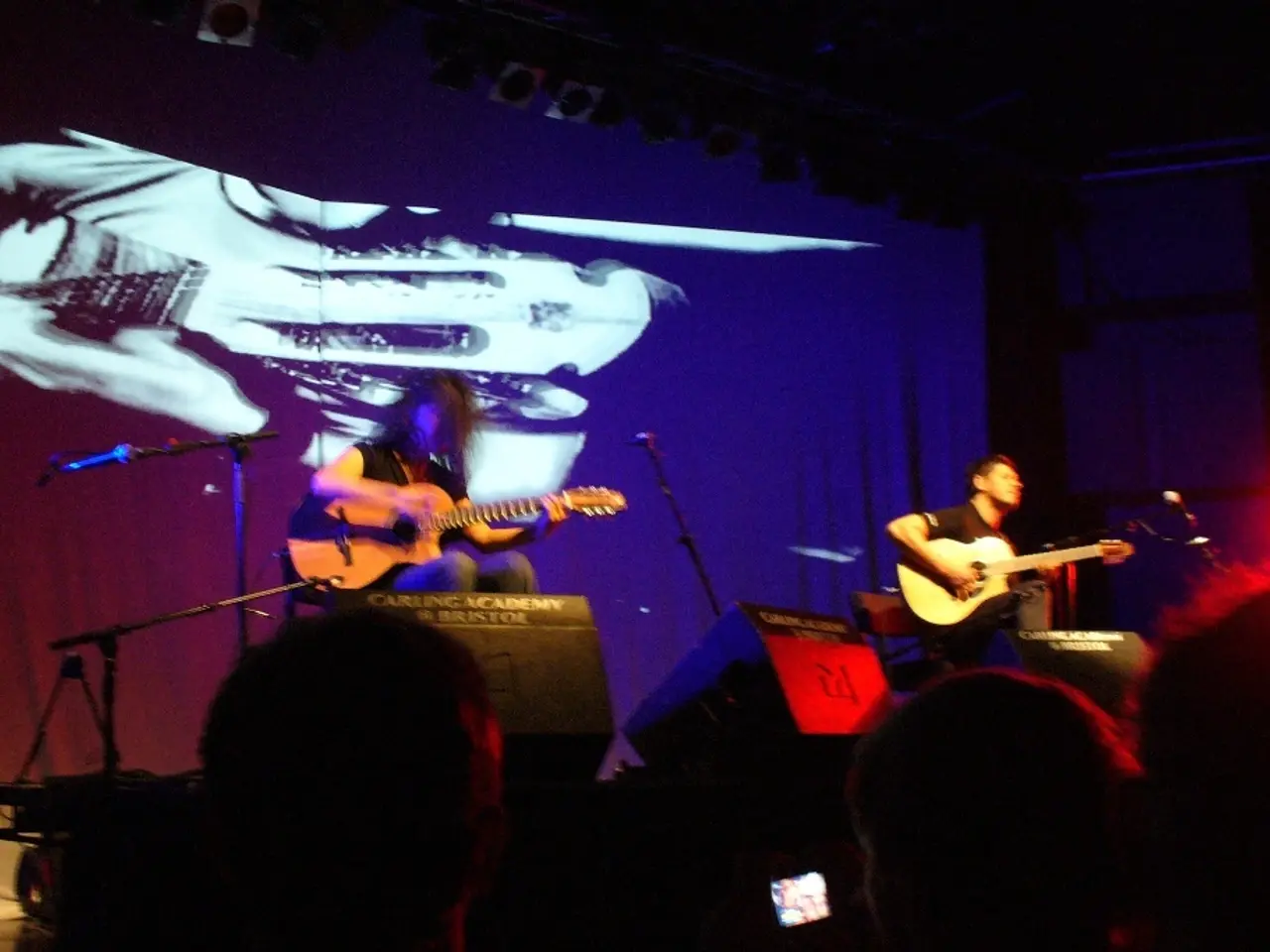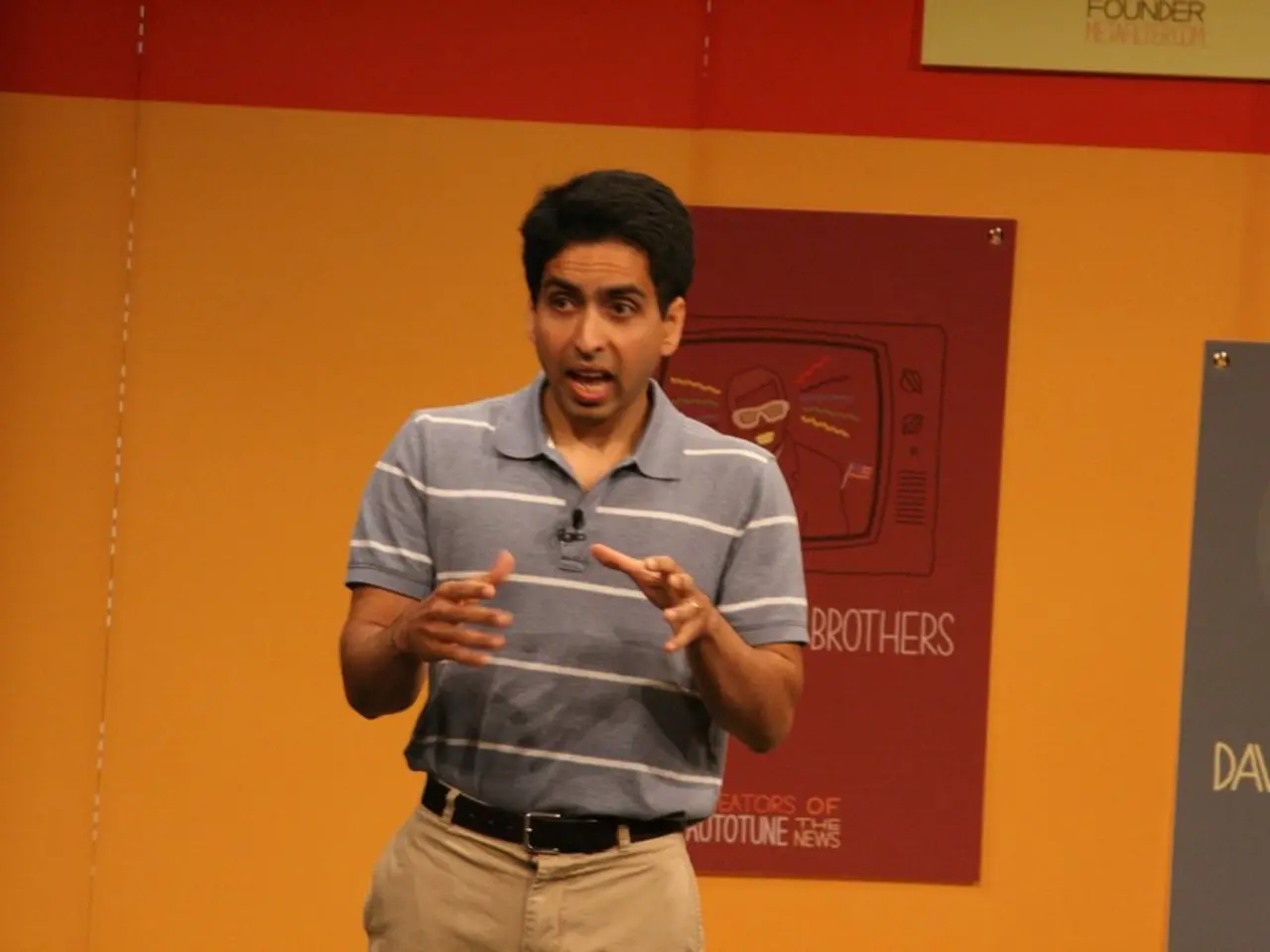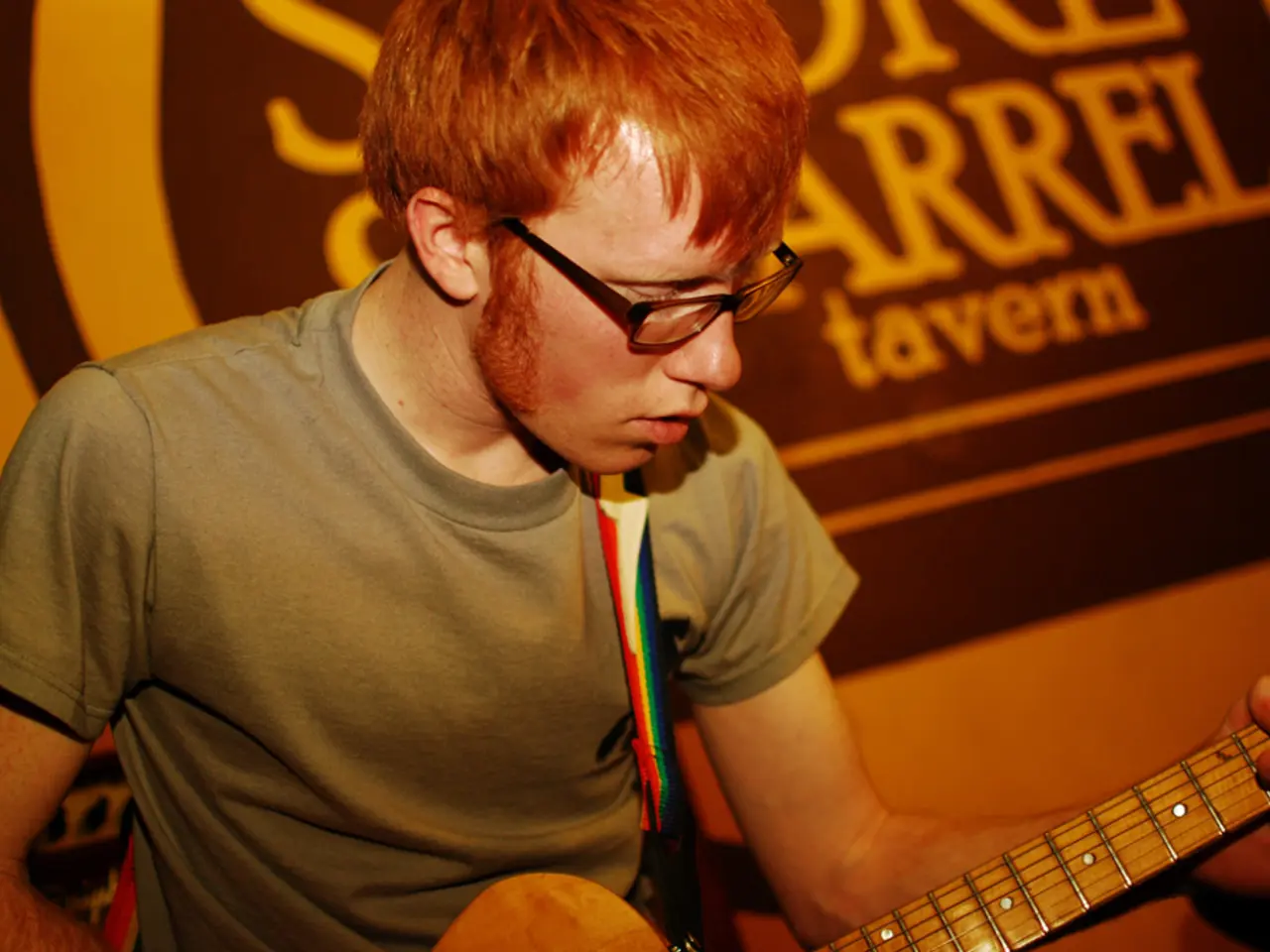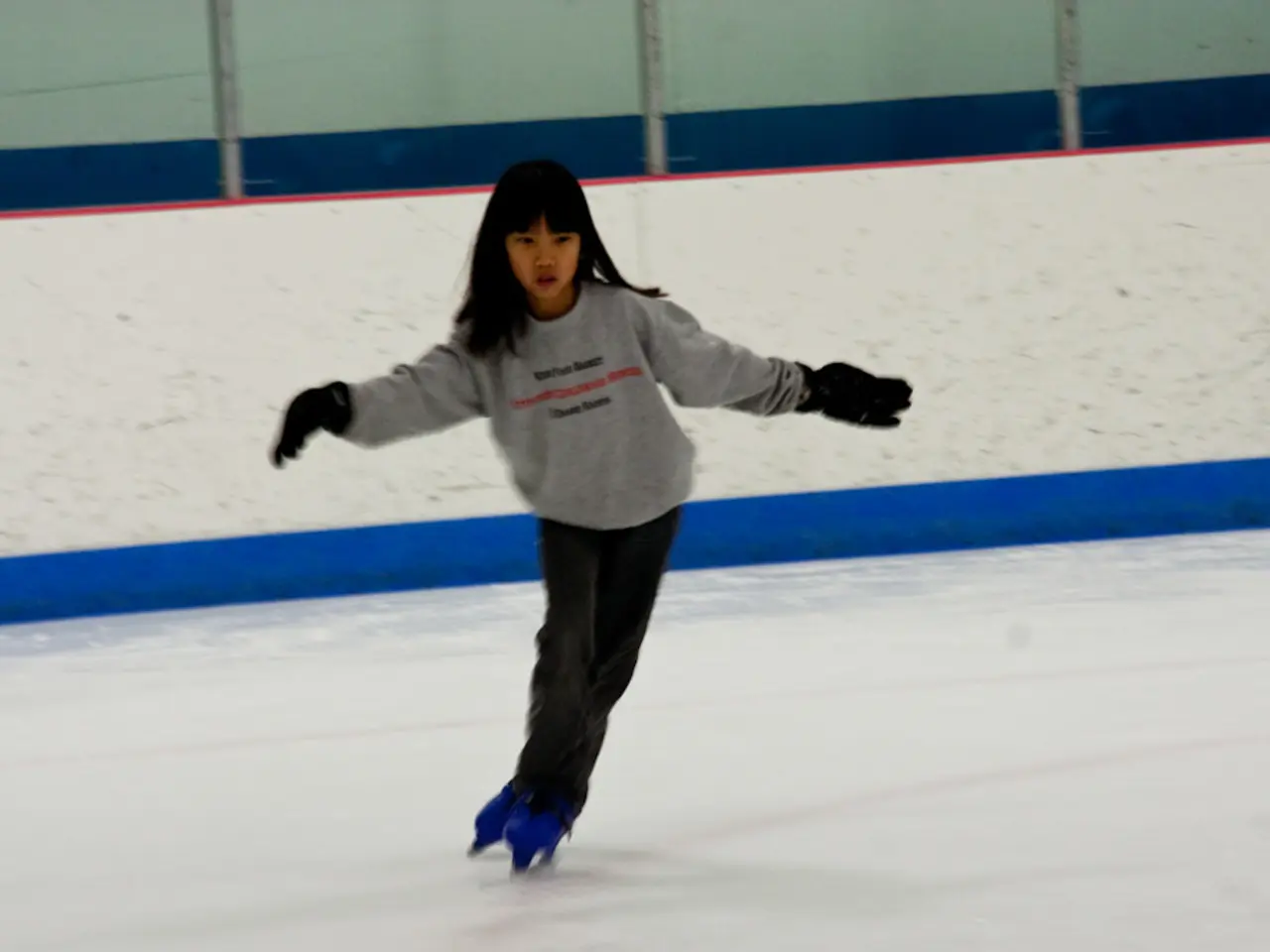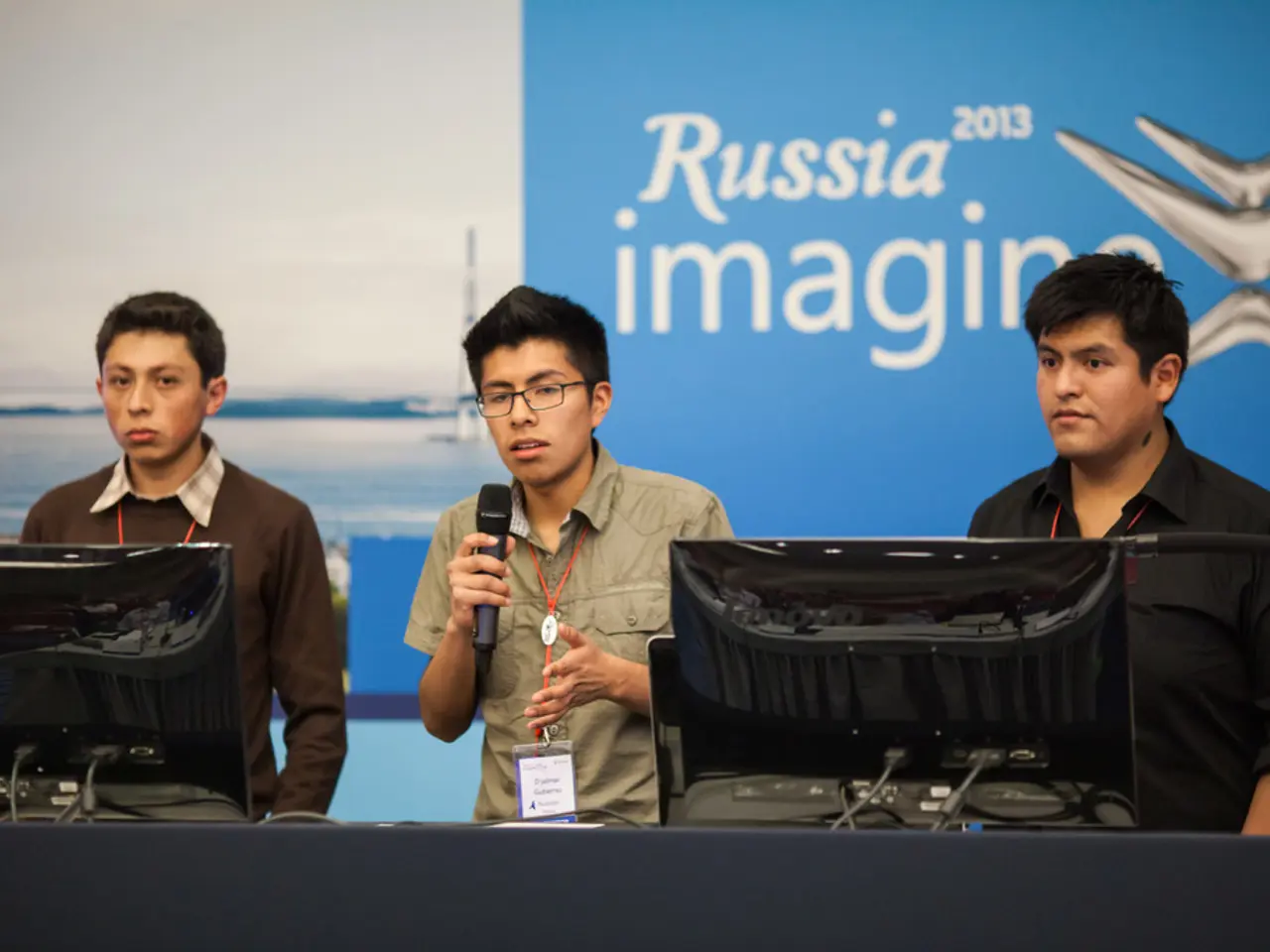Life Story of Elvis Presley
Elvis Presley's Revolutionary Television Performances: A Cultural Shock to 1950s America
In the mid-1950s, Elvis Presley made a significant impact on American television with his groundbreaking performances. His energetic style and provocative moves challenged the conservative norms of the era, causing a moral panic among older generations and sparking debates about decency on television.
Elvis' television journey began with his first appearance on Tommy and Jimmy Dorsey's weekly Stage Show two weeks after his first RCA recording session. Although the show was moderately successful, it was beaten in the ratings by The Perry Como Show. Despite this, Elvis returned to Stage Show five more times over the next eight weeks, each performance bringing more attention and controversy.
One of his most memorable performances was on The Milton Berle Show in late spring of 1956. Elvis sang "Hound Dog" for the first time on television, a performance that was criticized by some, with Jack Gould of The New York Times declaring that Elvis had no discernible singing ability. Nevertheless, the performance caused a stir, and after it, Colonel Parker booked Elvis on The Steve Allen Show.
Elvis' performance on The Steve Allen Show was successful, leading to his eventual appearance on The Ed Sullivan Show. During his segment on The Steve Allen Show, Elvis was introduced as "the new Elvis Presley" and wore a tuxedo. However, on The Steve Allen Show, Steve Allen prohibited Elvis from moving around much and wearing his trademark Beale Street clothes.
Elvis' first appearance on The Ed Sullivan Show was hosted by Charles Laughton due to Sullivan's recovery from an auto accident. His third appearance on the show, however, is more well-known due to the controversy it caused. Elvis was censored, with him only being shown from the waist up to minimize the visibility of his provocative hip movements. The motivation for this censorship is still debated, with various theories including negative criticism about earlier appearances, a public apology from Sullivan, and inappropriate behavior from Elvis.
Despite the censorship, Elvis' performances on The Ed Sullivan Show were highly anticipated and drew massive audiences. His third appearance contained the legendary moments when the CBS censors would not allow his entire body to be shown. This censorship only fueled the controversy and further amplified Elvis' image as a cultural rebel.
By his final appearance on Stage Show, there was more interaction between Elvis and his audience. Fans picketed NBC-TV studios the next morning after Elvis' performance on The Steve Allen Show, demanding the "gyratin'" Elvis. Elvis' effect on teenage fans, who screamed and rioted, further amplified the controversy.
Elvis Presley's television performances symbolized a cultural shift in music and youth expression that challenged existing social norms and media standards. His provocative style and energetic performances caused a moral panic among older generations who saw his music and movements as a threat to traditional values. Despite the backlash, Elvis' influence on popular culture continues to be felt today.
[1] [https://www.nytimes.com/1956/10/02/archives/elvis-presley-censored-by-ed-sullivan-show-network-concerned-about.html] [2] [https://www.rollingstone.com/music/music-news/elvis-presley-the-ed-sullivan-show-censorship-244426/] [3] [https://www.britannica.com/biography/Elvis-Presley/Television-performances]
Celebrities like Elvis Presley revolutionized pop-culture by breaking traditional norms on television through their music and entertainment. His controversial performances on shows like The Ed Sullivan Show and The Milton Berle Show sparked debates about decency on television, reflecting the impact of his effect on music and youth expression.
The impact of Elvis Presley's entertainment on pop-culture extended beyond his groundbreaking television performances, as his style and provocative moves challenged conservative norms, symbolizing a cultural shift that continues to be felt today.
